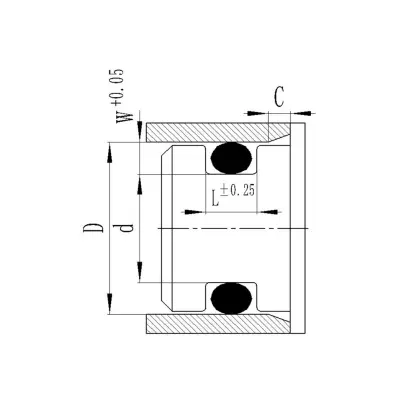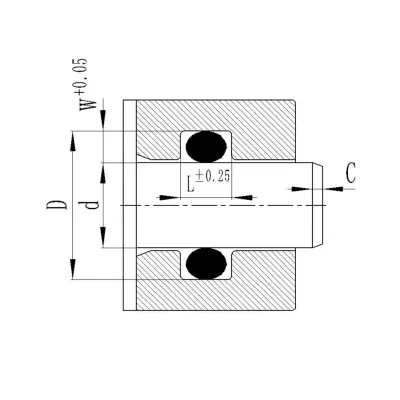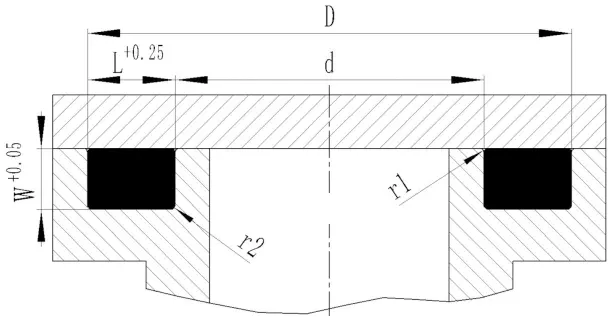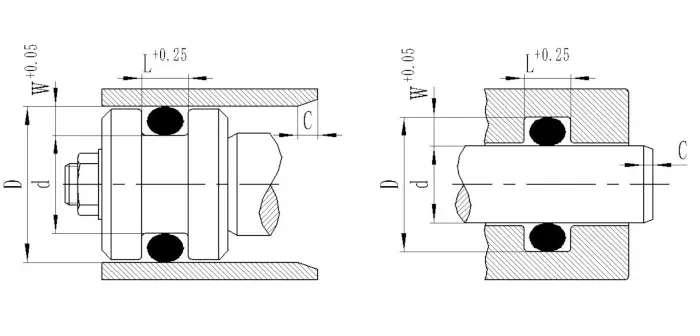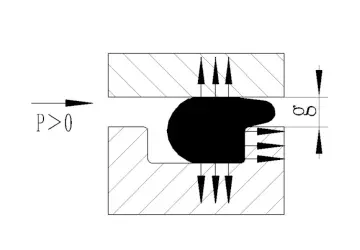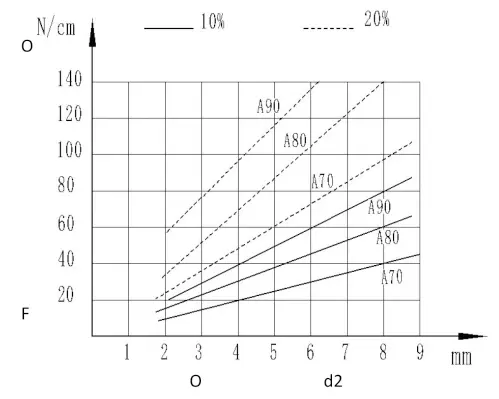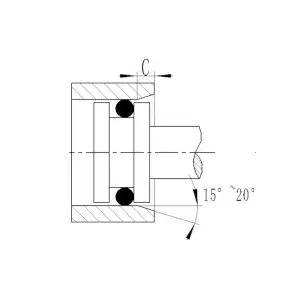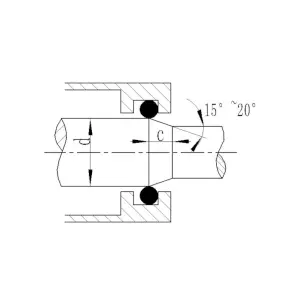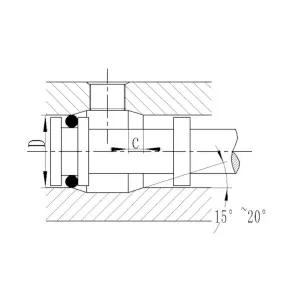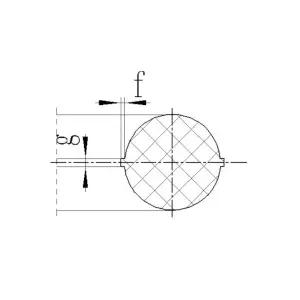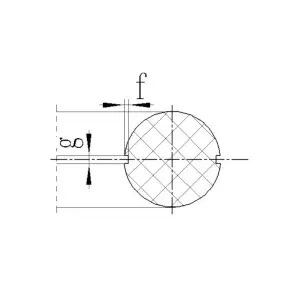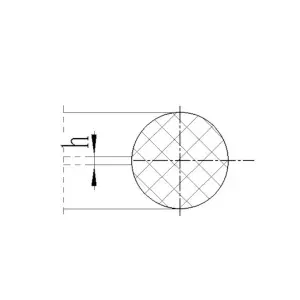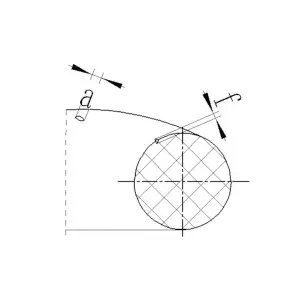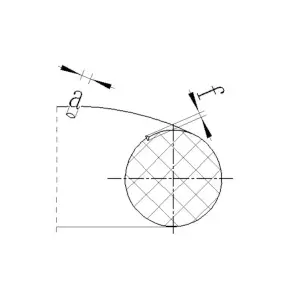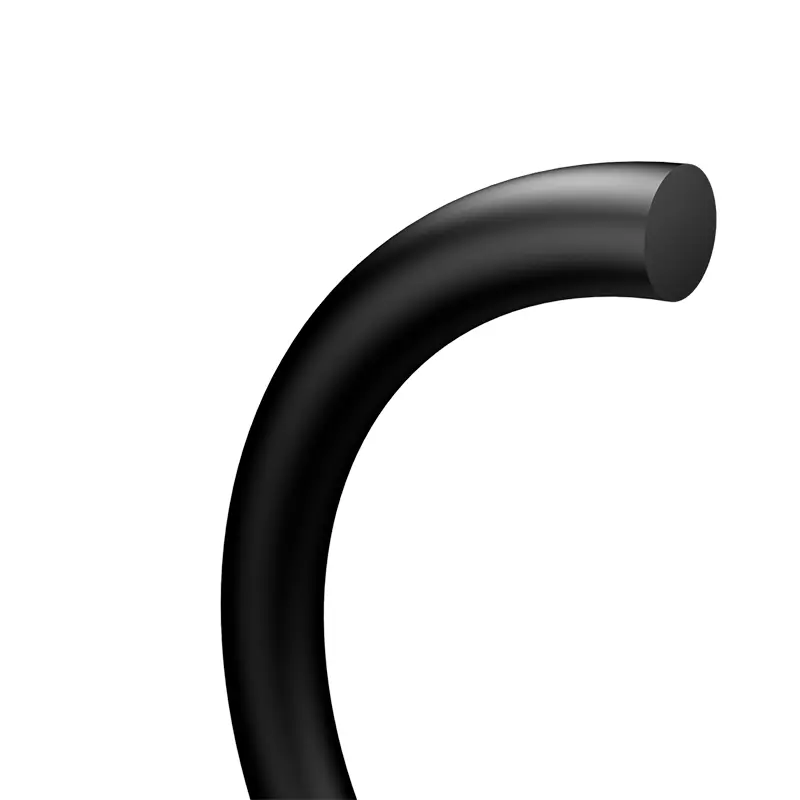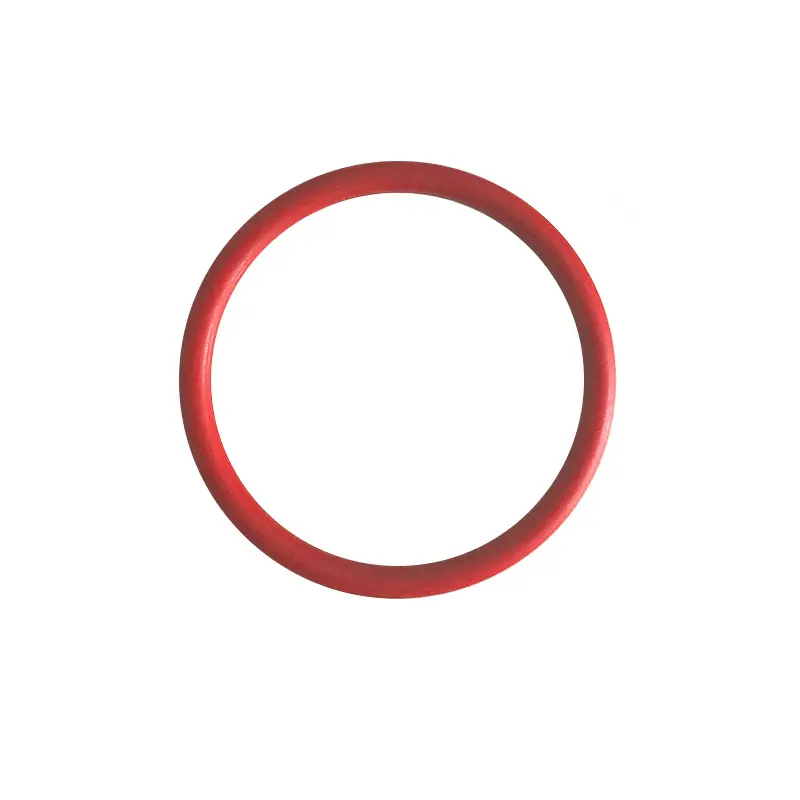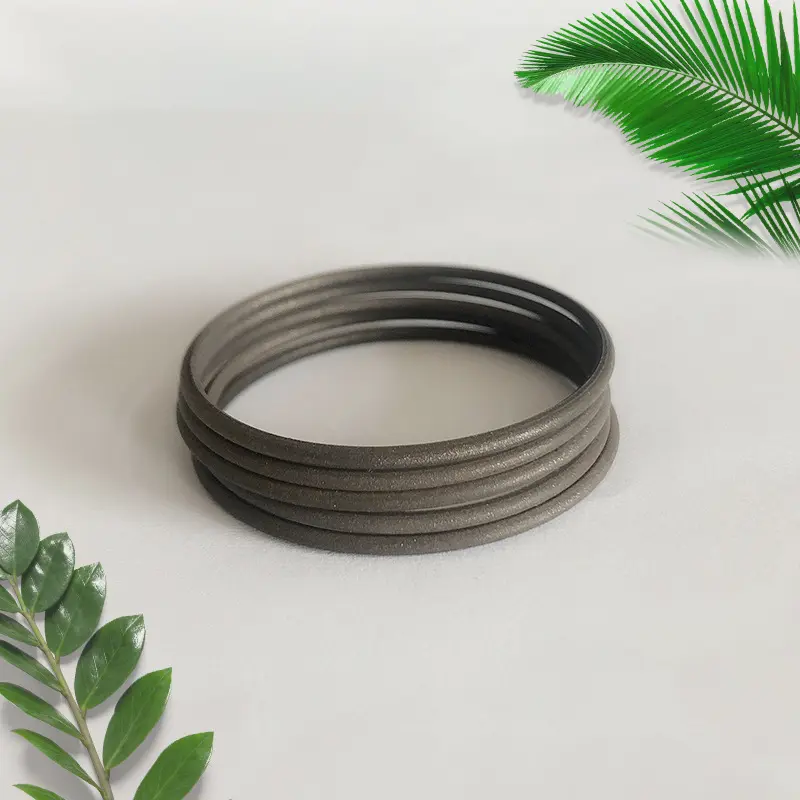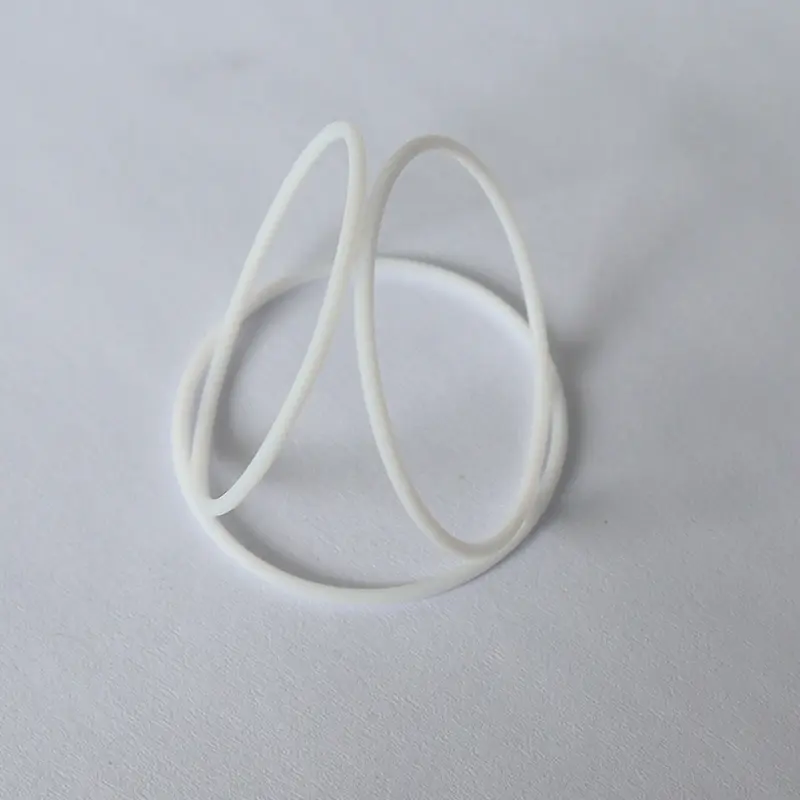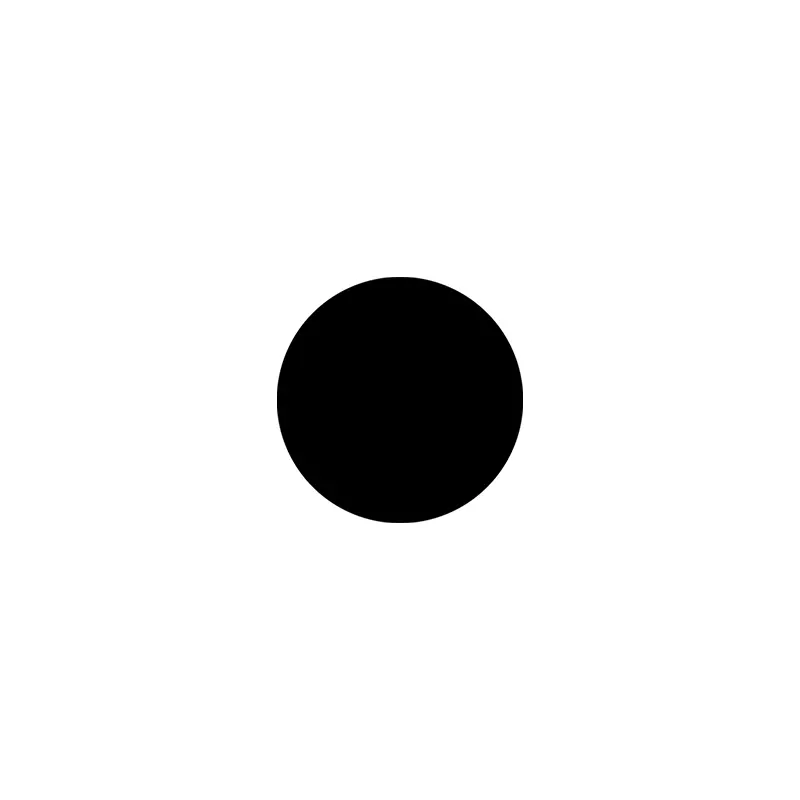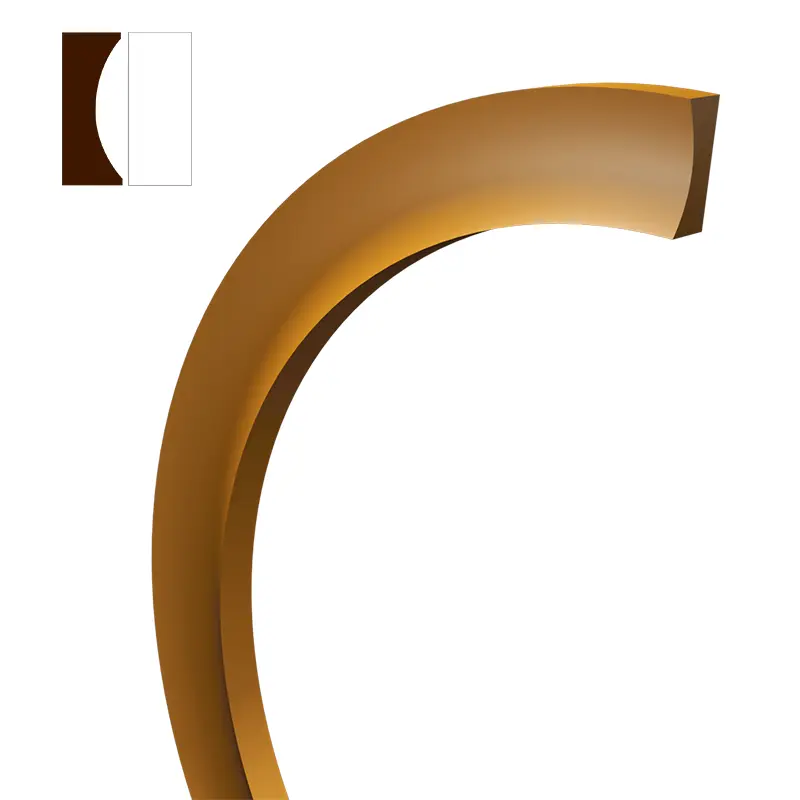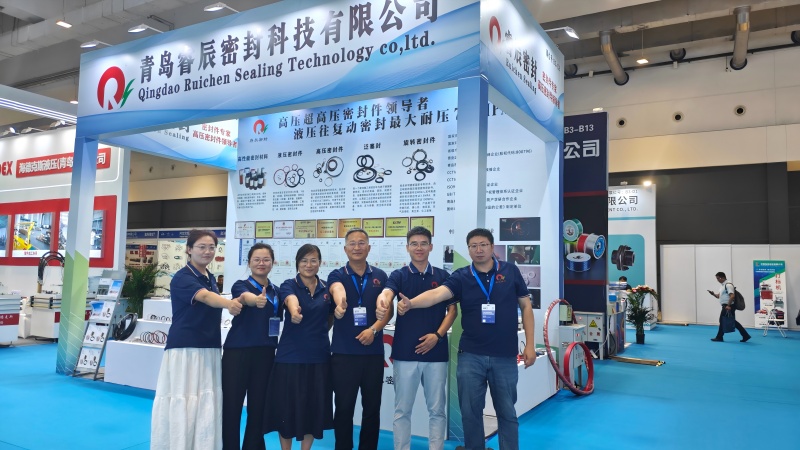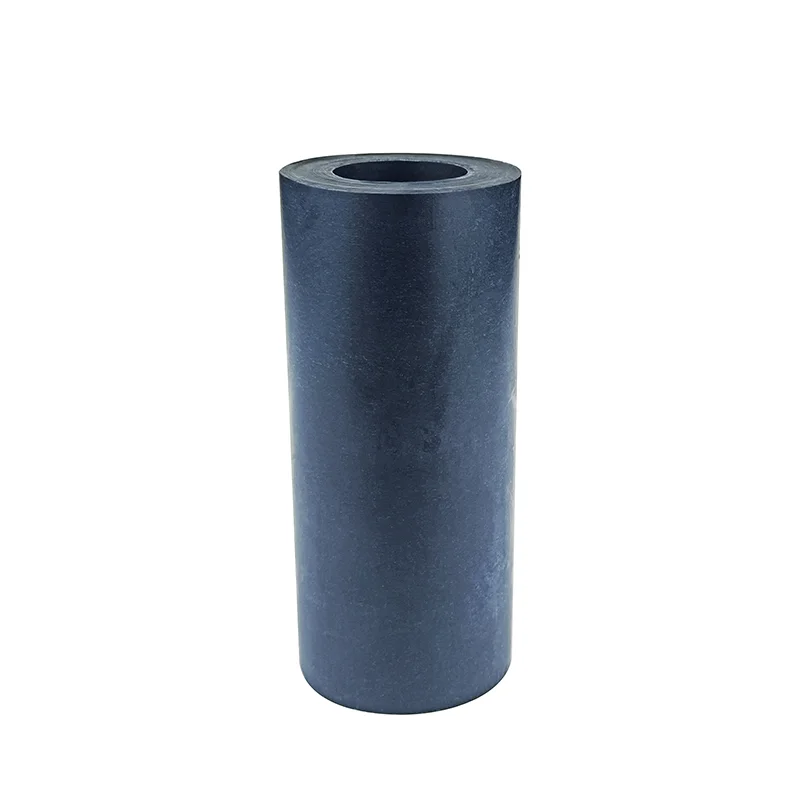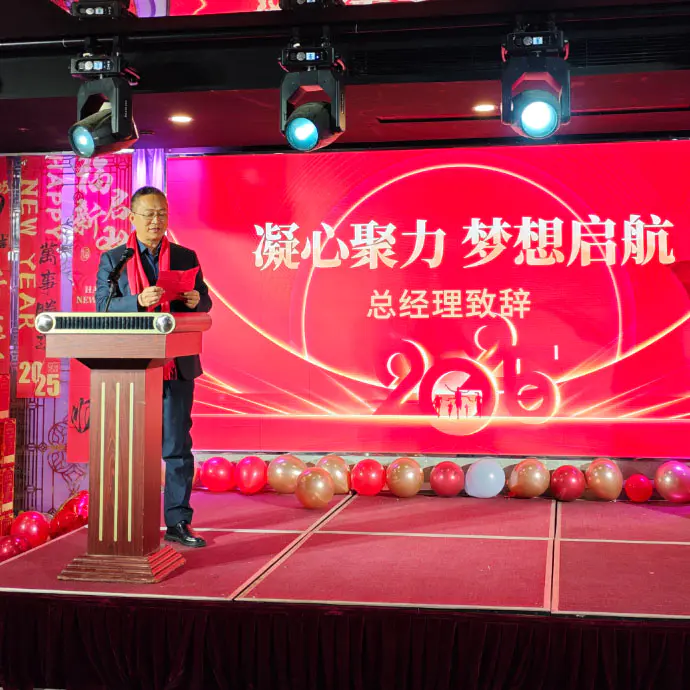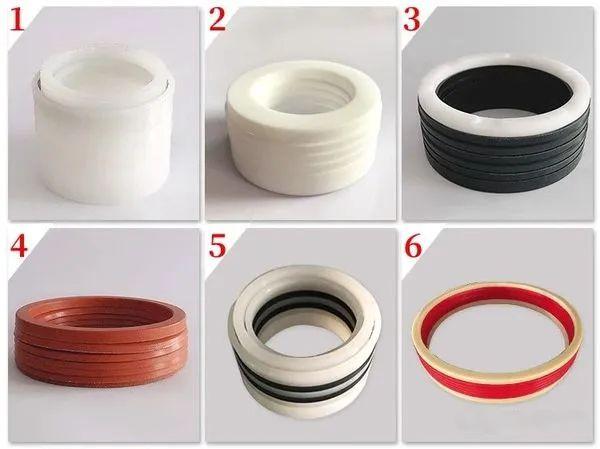

- English
- Español
- Português
- русский
- Français
- 日本語
- Deutsch
- tiếng Việt
- Italiano
- Nederlands
- ภาษาไทย
- Polski
- 한국어
- Svenska
- magyar
- Malay
- বাংলা ভাষার
- Dansk
- Suomi
- हिन्दी
- Pilipino
- Türkçe
- Gaeilge
- العربية
- Indonesia
- Norsk
- تمل
- český
- ελληνικά
- український
- Javanese
- فارسی
- தமிழ்
- తెలుగు
- नेपाली
- Burmese
- български
- ລາວ
- Latine
- Қазақша
- Euskal
- Azərbaycan
- Slovenský jazyk
- Македонски
- Lietuvos
- Eesti Keel
- Română
- Slovenski
- मराठी
- Srpski језик







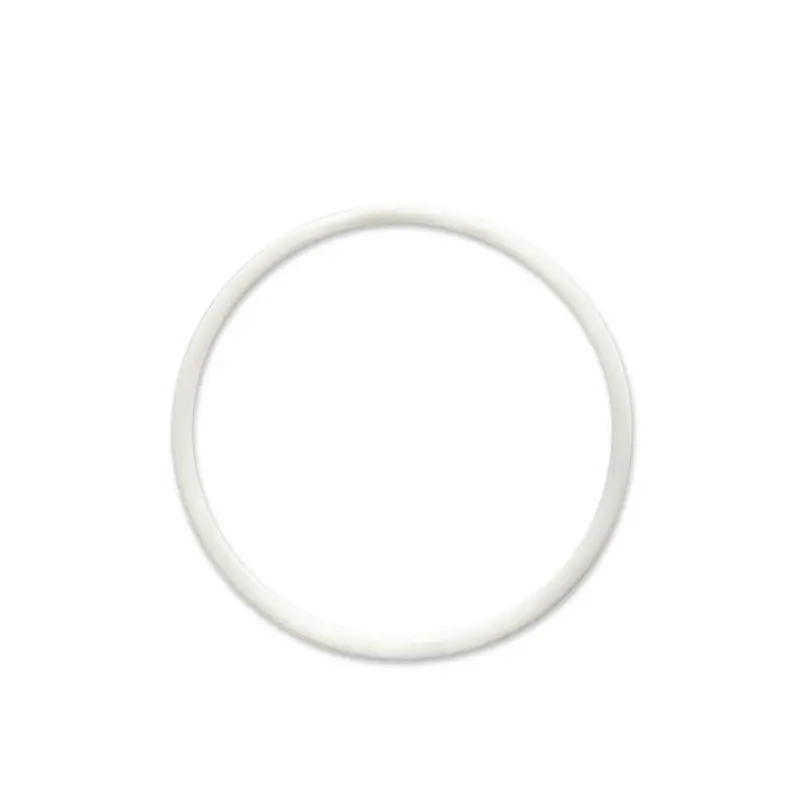

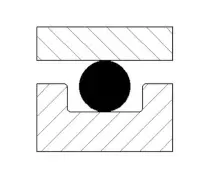
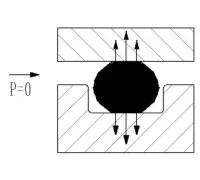
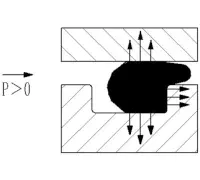
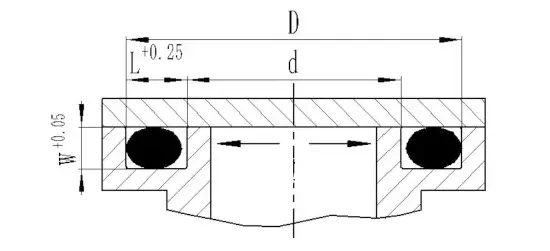 Internal pressure: The outer diameter of the O-ring and the outer diameter of the groove D should be basically close to or greater than 1~3%.
Internal pressure: The outer diameter of the O-ring and the outer diameter of the groove D should be basically close to or greater than 1~3%.
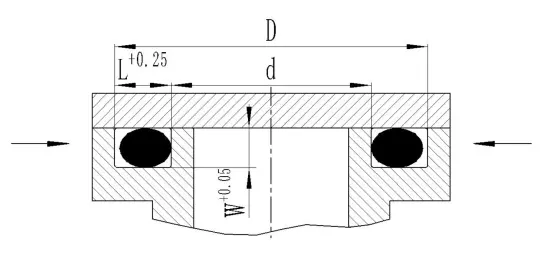 External pressure: The inner diameter of the O-ring should be close to or slightly smaller than the inner diameter d of the groove, but not less than 6%.
External pressure: The inner diameter of the O-ring should be close to or slightly smaller than the inner diameter d of the groove, but not less than 6%.
